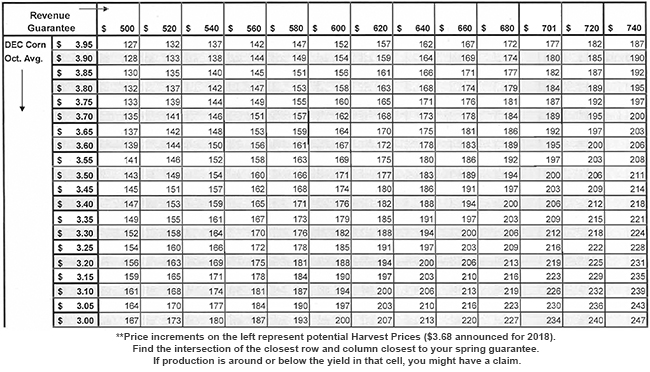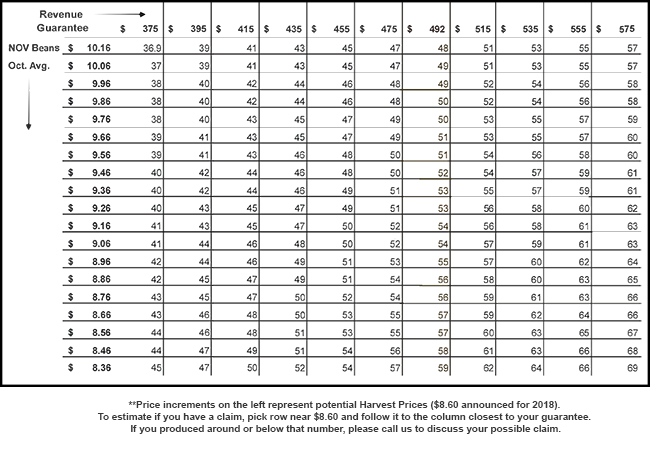Producers in some areas have experienced a perfect storm in weather in 2018. After a delayed growing season, crops caught up and matured ahead of normal, only to have rain delay harvest. That opened the door to quality problems ranging from soybean pod shattering to mycotoxin contamination.
In fact, USDA’s Crop Progress report this week shows harvest in the 18 states behind average for all crops, and Kansas is among those with crops still in the field:
|
Corn remaining (%)
|
Corn
5-year average remaining |
Soybeans remaining (%) |
Soybeans
5-year average remaining |
Sorghum remaining (%) |
Sorghum 5-year average remaining |
Sunflower remaining (%) |
Sunflower 5-year average remaining |
| Kansas |
11 |
5 |
26 |
10 |
38 |
20 |
37 |
8 |
| Reporting states |
16
|
13
|
12
|
7
|
27
|
16
|
39
|
25
|
More than a quarter of the beans in Kansas are still in the field, according to USDA’s count. “We were hearing reports of quality problems,” said Ruth Compton, crop insurance officer in Hiawatha. “I don’t believe it’s been a huge problem but with a lot of soybeans still in the field, there is a continued concern.”
Different situations
The crop insurance claim process differs depending on the situation. For instance, if a field is flooded and has standing water, you are not allowed to harvest for food use. You have the option to sell to a salvage buyer if you can find one who will take your production or you can destroy the crop and take a zero on your Actual Production History (APH). If you have a quality issue that your elevator discounts less than 8 percent, it doesn’t support a claim.
And, although the price drop from the spring guarantee of $10.16 to the harvest price of $8.61 appears large, in almost all cases, it would not produce a claim on its own, depending on the yield. The table below illustrates the yield needed to trigger a claim given various revenue guarantees. The October average falls between the $8.65 and $8.66 rows in the table.


In all cases, you need to weigh the impact on APH against the amount a claim might be worth. Your Frontier Farm Credit insurance offer can help identify the avenues you can use to ensure the impact on your APH is minimized.
A bigger question this year may be the effect on your Market Facilitation Program (MFP) payment. That is paid strictly on the bushels produced. The first of two possible payments is $1.65 on half your production. So the question is: Is it better to combine the crop to collect the 82 cents, plus a likely additional payment, or save the cost of combining and file a claim?
Your Frontier Farm Credit insurance team can help you make that determination – and guide you through the claims process when quality is at issue.
For those who want to review before proceeding, click to view the USDA/Risk Management Agency fact sheet on Soybean Kernel Damage Quality Adjustment Procedure.
Winter wheat
Winter wheat planting also is a bit behind average, with 90 percent completed in Kansas, 8 points behind usual. 77 percent has emerged, well behind the 89 percent average. As of Nov. 11, USDA rates 44 percent of the crop good/excellent, compared with 54 percent in the 18 reporting states. Fourteen percent is poor/very poor in Kansas while 12 percent falls in those categories in the 18 states, headed up by Oklahoma, Oregon and Texas.
Image: Purple seed staining of soybean in south central Nebraska. Photo courtesy of Jennifer Rees, UNL CropWatch

